Wood is one of the most versatile and widely used materials in laser applications. Whether you’re crafting personalized gifts, intricate signage, or industrial prototypes, selecting the right wood for laser engraving is essential to achieving clean, high-quality results.
However, not all woods are created equal. The success of your laser-engraved projects depends greatly on the type of wood you use. Factors like grain, density, and resin content all impact the outcome. In this guide, we’ll walk you through the best woods for laser engraving, how they behave under a laser beam, and which machines are ideal for wood processing.
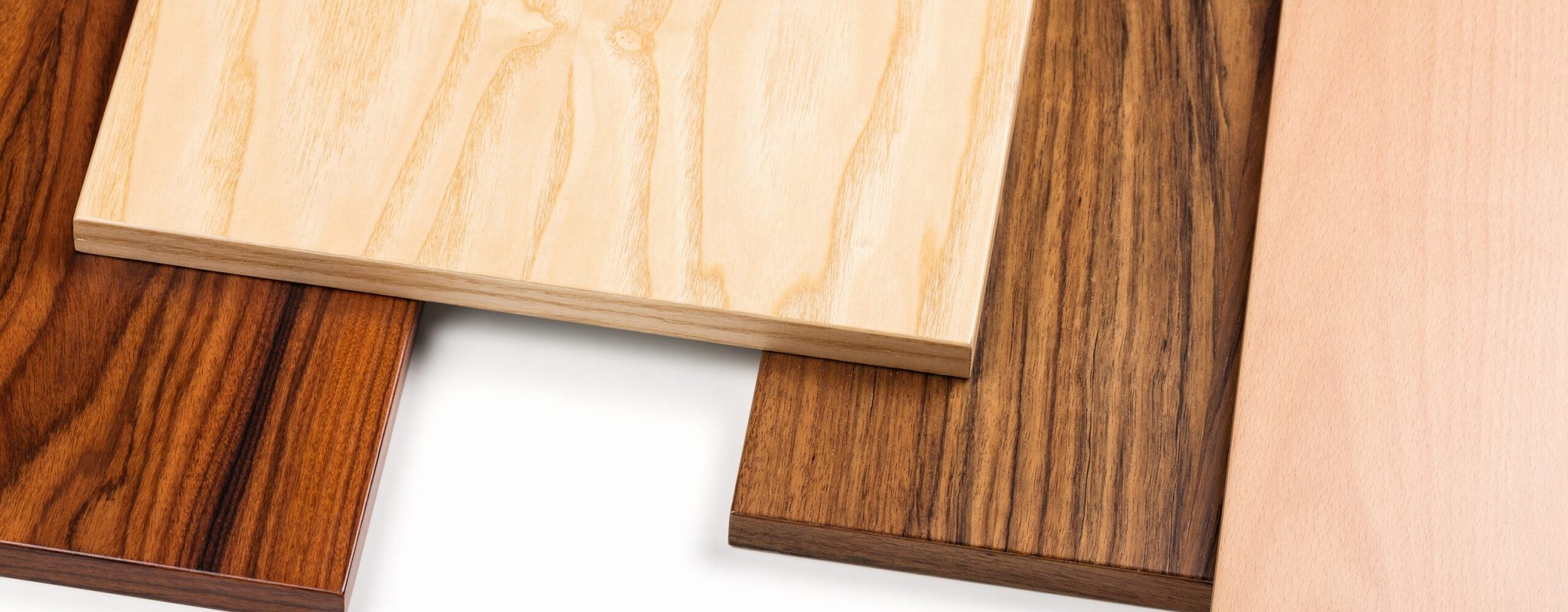
1. Understanding Wood Characteristics for Laser Engraving
Laser engraving on wood is a nuanced process. Different types of wood for laser engraving projects respond differently depending on their physical and chemical properties. To produce accurate, high-detail results, it’s important to understand key characteristics such as grain pattern, resin levels, density, hardness, and natural color.
1.1. Grain Structure
Wood grain defines the alignment and texture of wood fibers. Fine-grain woods like maple and alder provide a consistent surface, perfect for detailed wood for laser etching. These woods allow uniform laser penetration for sharp, defined engravings.
In contrast, open-grain woods like oak and ash may cause uneven burns due to varying fiber density, creating inconsistent patterns in your laser-engraved wood projects.
Pro Tip: Always engrave with the grain direction for more consistent results and smoother visuals.
1.2. Resin Content
Resin-heavy woods such as pine and cedar produce excessive smoke, charring, and residue, complicating cleanup and affecting the engraving outcome. On the other hand, low-resin woods like cherry, alder, and maple allow cleaner burns and reduce maintenance on your laser engraver.
Note: If you must work with resinous wood, consider masking the surface to reduce staining and improve cleanup.
1.3. Hardness and Density
The hardness and density of a wood type determine how it reacts to the heat of a laser beam. Harder woods, such as walnut or hard maple, offer excellent detail and edge definition but require higher power levels or slower engraving speeds. This can increase job time but yields crisp, professional results.
Softer woods like basswood or balsa cut and engrave quickly, making them ideal for prototypes and light-duty projects. However, they are more susceptible to overburning and may show dark, fuzzy edges if settings are not carefully controlled.
1.4. Natural Color Tone
Lighter woods such as birch and maple provide excellent contrast, making them ideal wood for laser etching. Darker woods like walnut produce more subtle results, which may be preferred for luxury or artistic pieces.
By carefully selecting wood based on these characteristics, you can achieve more consistent, detailed, and visually striking laser engraving results. Understanding the science behind each variable not only enhances your craftsmanship but also protects your laser equipment from unnecessary wear.
2. What Kind of Woods Are Best for Laser Work?
When choosing the best wood for laser engraving and cutting, you’ll want to evaluate key factors like workability, burn contrast, engraving depth, and final aesthetic. Here are the most commonly recommended types of laser engraving wood used by professionals, hobbyists, and educators in their laser engraving projects.
2.1. Basswood – Best Lightweight Wood for Laser Engraving
Basswood is one of the most forgiving and consistent laser-safe woods you can use with a laser cutter or engraver. It’s incredibly lightweight and soft, allowing for smooth raster engraving and clean vector cuts. Because of its light tan color and fine, uniform grain, it produces high-contrast burns that pop without requiring staining or post-processing.
Best for: Crafts, ornaments, photo tests, practice pieces, laser training
Properties: Very soft, straight grain, low resin, uniform light tone
Laser Tips: Use low power and high speed to avoid scorching. Great choice for grayscale photo engraving, beginner engraving tests, and decorative laser woodwork.
2.2. Birch Plywood – Best Plywood for Laser Cutting Projects
Laser-grade birch plywood is engineered for optimal compatibility with laser engraving machines. It features a stable core, minimal internal voids, and low-emission adhesives, making it ideal for consistent cutting and etching. Its affordability, structural strength, and smooth pale surface make it the most commonly used wood for laser cutting projects like boxes and educational kits.
Best for: Signage, enclosures, puzzles, architectural models, DIY kits
Properties: Medium hardness, layered build, light cream surface
Laser Tips: Choose laser-safe, formaldehyde-free plywood for clean edges. Apply masking tape to minimize edge burn and simplify cleanup. Excellent for school laser programs and hobbyist workshops.
2.3. Maple – Top Hard Wood for Laser Engraving Detail
Maple, especially hard maple, is a dense and fine-grain wood for laser engraving perfect for capturing intricate detail. It delivers exceptional definition for small text, logos, or photographic engravings. The ivory tone provides great natural contrast, and its toughness makes it a top pick for heirloom-quality and high-precision laser engraved products.
Best for: Awards, plaques, cutting boards, branded merch, photo etching
Properties: Dense hardwood, tight grain, light and uniform tone
Laser Tips: Use soft maple for faster engraving on lower-power lasers. Multiple passes may be required for deep engraving on hard maple. Suitable for both CO₂ and diode laser engravers.
2.4. Cherry – Beautiful Wood for Laser Engraved Gifts
Cherry wood is prized for its rich reddish tones, smooth grain, and ability to darken with age. It laser engraves with warm, soft contrast and a polished finish, making it perfect for decorative and personalized laser wood engraving projects. It’s also structurally strong and works well for both engraving and cutting.
Best for: Custom décor, wedding signage, personalized boxes, plaques
Properties: Medium-hard, reddish-brown, fine texture, oxidizes beautifully
Laser Tips: Apply masking to prevent smoke discoloration on unfinished surfaces. Contrast improves over time as the wood darkens, adding longevity to engraved designs.
2.5. Alder – Most Laser-Friendly Wood for Engraving Projects
Alder is often referred to as the most laser-compatible wood for engraving due to its soft texture, consistent color, and minimal resin content. It engraves quickly, produces dark contrasting marks, and rarely chars excessively. It’s widely used in both commercial laser production and personal engraving projects.
Best for: Name tags, industrial parts, mass production engraving, photo art
Properties: Lightweight, low oil, even grain, warm pale tone
Laser Tips: Alder performs well with CO₂ laser machines of all types and rarely needs masking. Ideal for fast production cycles and large batch jobs. Great wood for repeatable, laser-etched results.
2.6. Walnut – Best Premium Wood for Laser Engraving
Walnut offers a premium look with its deep chocolate tones and bold grain. This high-end hardwood for laser engraving is ideal for luxury goods, high-contrast inlays, and furniture embellishments. Its density supports extremely fine engraving detail, making it suitable for intricate logos, monograms, and filigree designs. However, the hardness and tight grain also mean that walnut may require slower engraving speeds and higher power levels to achieve sufficient depth and burn clarity.
Best for: Executive gifts, furniture labels, artisanal signage, keepsakes
Properties: Dense hardwood, dark brown hues, rich grain patterns
Laser Tips: Use slower speeds and higher power for clarity. Pre-test settings to balance burn visibility with natural wood color. Because of its density, longer dwell times may be needed to penetrate deeper or create darker contrast. Ideal for high-end commercial laser engraving projects where quality outweighs speed.
Walnut offers a premium look with its deep chocolate tones and bold grain. This high-end hardwood for laser engraving is ideal for luxury goods, high-contrast inlays, and furniture embellishments. Its density supports detailed engravings, and the naturally dark surface allows the burn to blend subtly for an elegant appearance.
Best for: Executive gifts, furniture labels, artisanal signage, keepsakes
Properties: Dense hardwood, dark brown hues, rich grain patterns
Laser Tips: Use slower speeds and higher power for clarity. Pre-test settings to balance burn visibility with natural wood color. Ideal for high-end commercial laser engraving projects.
Except woods, you can also find different parameters for various types of materials in our knowledge base.
3. Woods to Avoid or Use with Caution
Some woods may not perform well in laser engraving and can even pose safety risks:
- • Pine: High resin content causes inconsistent burns and sticky residue.
- • Oak: Open grain causes uneven burns and blurry details.
- • Pressure-treated or painted wood: Releases harmful fumes when lasered.
- • MDF or standard plywood: Often contains formaldehyde-based adhesives; always check for laser-safe materials.
When in doubt, conduct a small test pass to evaluate how the material reacts to laser exposure.
4. Tips for Preparing Wood for Laser Engraving
Even the best wood for laser engraving projects needs proper preparation:
- • Sanding: Use fine-grit sandpaper to smooth the surface before engraving.
- • Masking: Apply laser masking tape to prevent burn marks and reduce cleanup.
- • Air Assist: Keeps the lens clean and helps blow away debris during engraving.
- • Ventilation: Always ensure good airflow to remove smoke and fumes from the work area.
Proper prep leads to cleaner lines, less residue, and more professional-looking results.
5. Best Laser Machine to Cut and Engrave Wood
The success of your laser engraving largely depends on the machine you use. Here’s what to look for and why the Thunder Laser Nova Plus and Bolt models are ideal choices:
Thunder Laser Nova Series – Best All-Around Wood Laser Machine
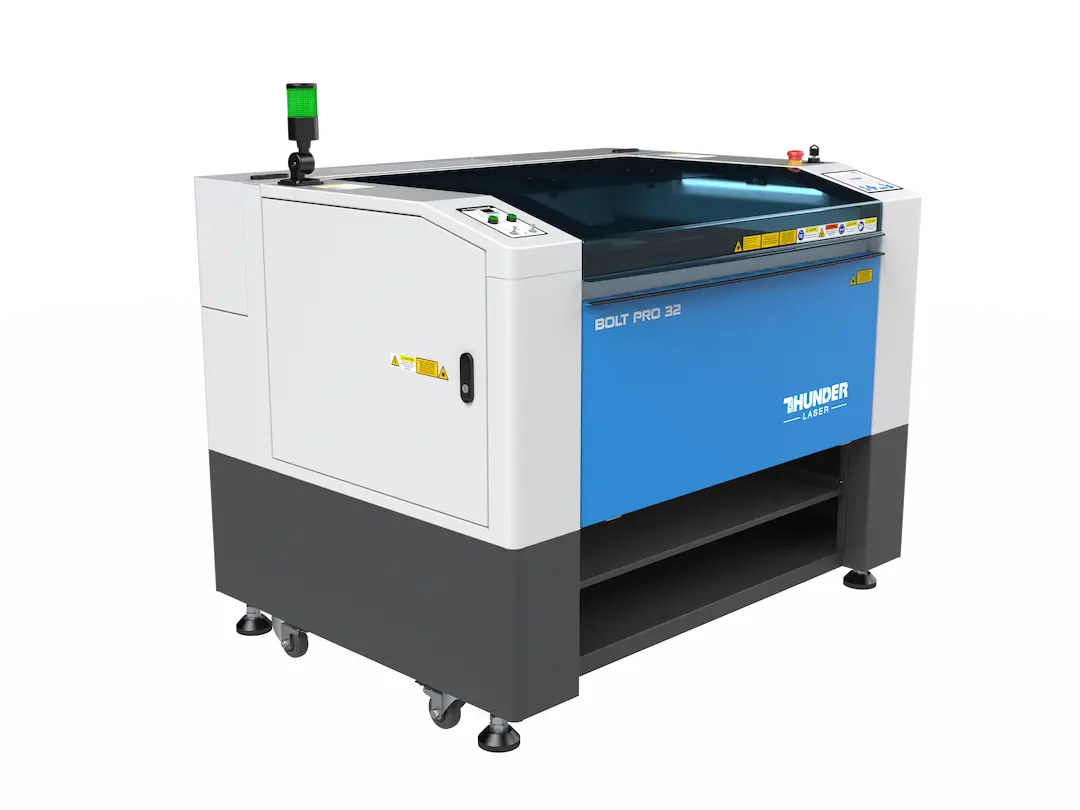
Compact Design, RF Technology, and Ultra-Detail Engraving
The Thunder Bolt Pro features a metal RF (radio frequency) laser source, known for its high-speed pulsing and superior beam quality. It excels in wood laser engraving, especially for fine detail or photo-quality wood engraving.
Thunder Laser Bolt – Best Desktop Laser for Wood Engraving
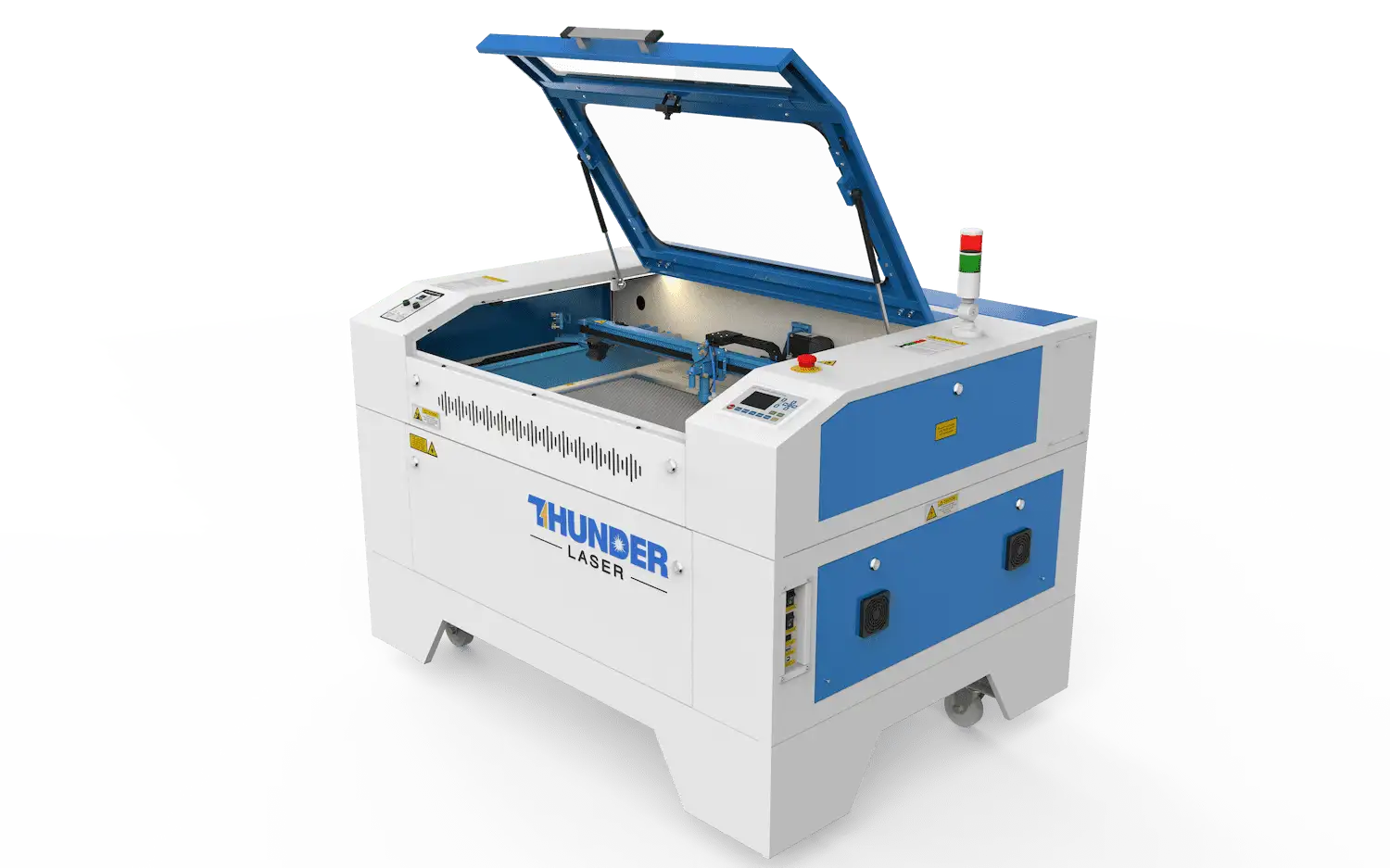
Power, Precision, and Flexibility
The Nova Plus Series is equipped with high-powered RF CO₂ laser tubes (30W–80W), ideal for laser cutting and engraving both soft and hard woods. With high engraving speeds and large bed sizes, Nova is a solid choice for sign makers, furniture designers, and batch production.
Conclusion
Choosing the best wood for laser engraving directly impacts project success. Lightweight woods like basswood and alder are great for fast and clean engraving, while hardwoods like maple and walnut bring high-end detail and durability.
Pair your material with the right preparation and a trusted laser system like the Thunder Laser Nova or Bolt series to unlock professional-grade potential. With proper technique and the right wood for laser-engraved projects, your creativity can truly shine.

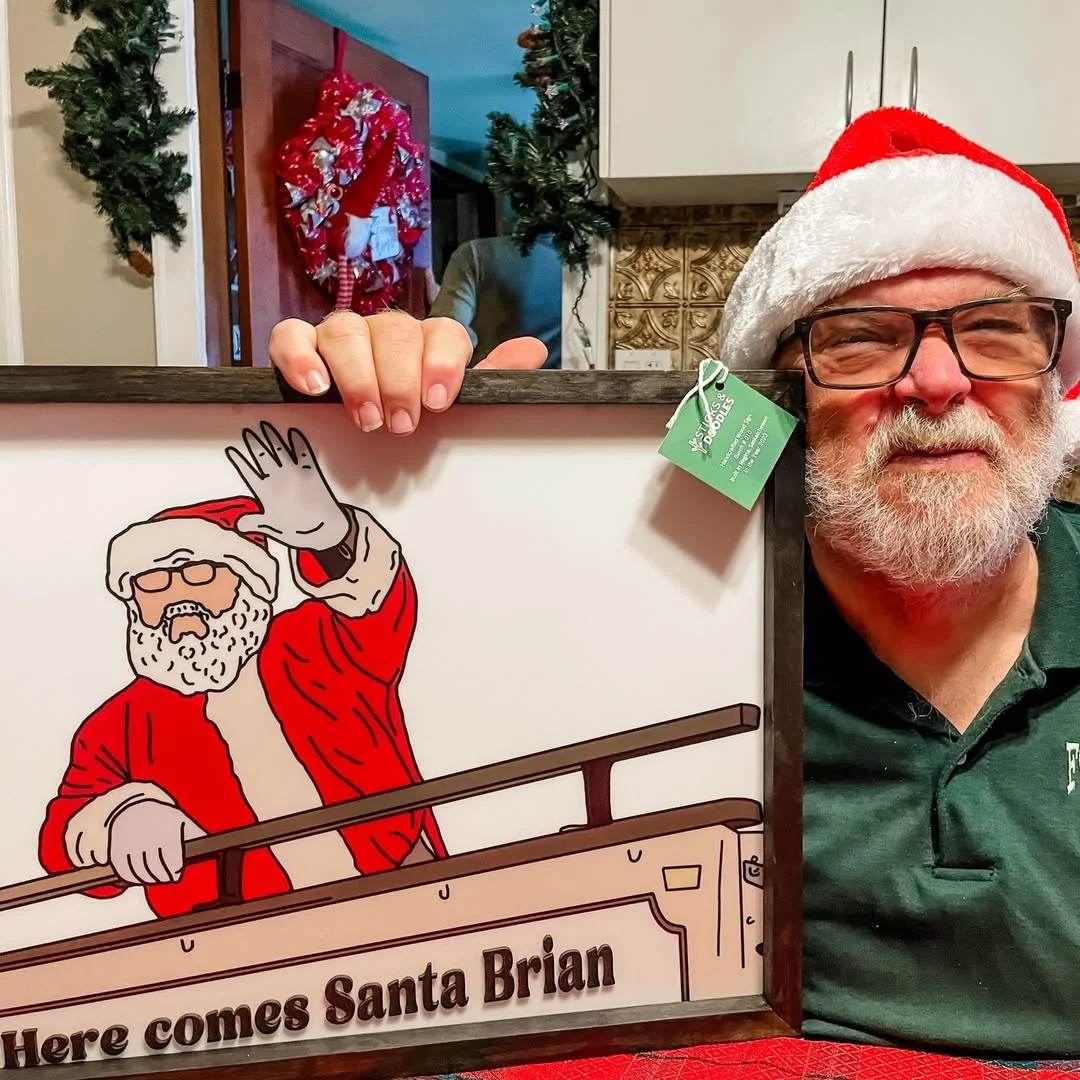
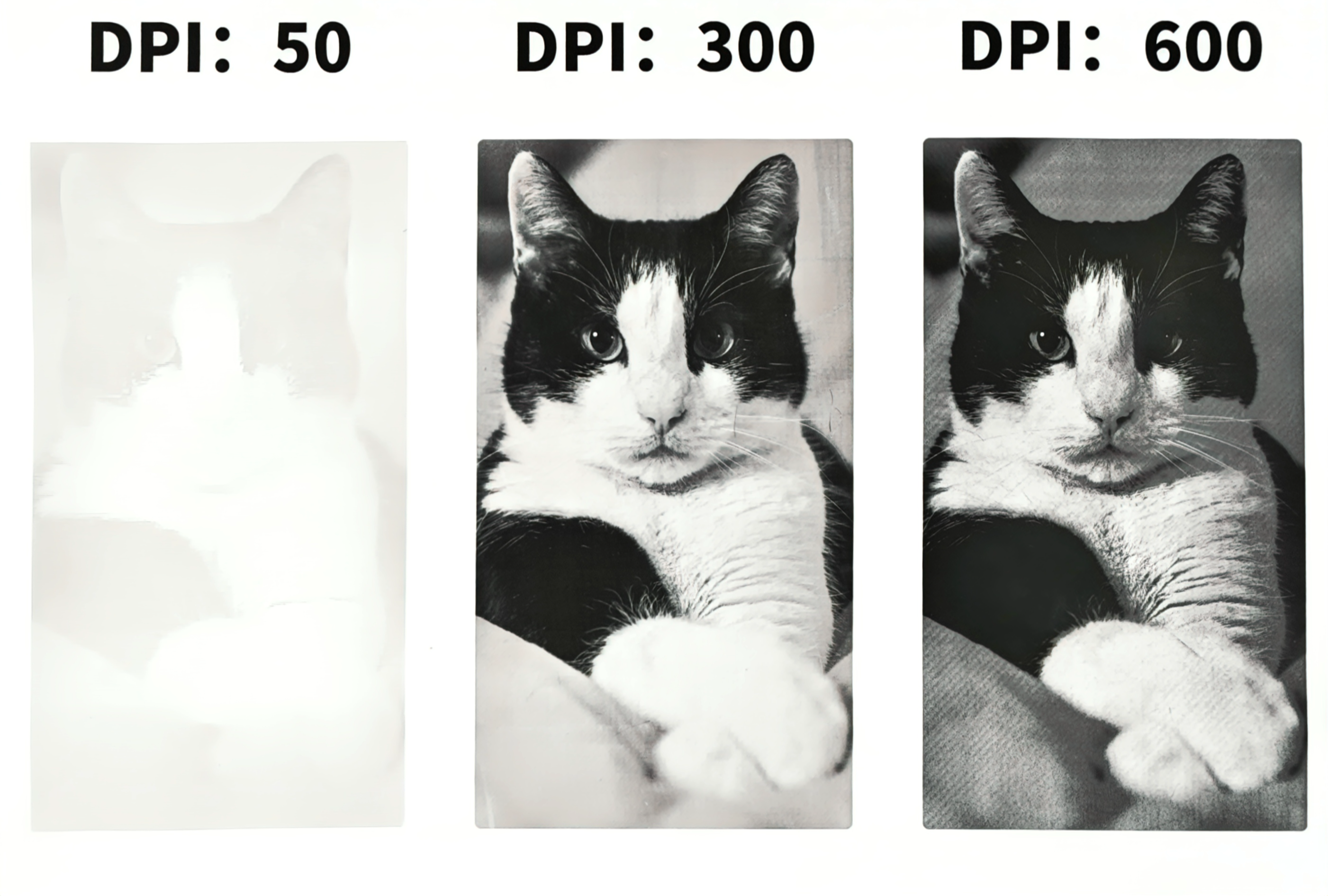

.png) International
International
 United States
United States
 Brasil
Brasil
 Canada
Canada
 Costa Rica
Costa Rica
 Mexico
Mexico
 Česká
Česká
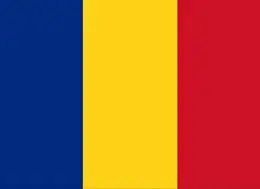 Romania
Romania
 Polska
Polska
 Ireland
Ireland
 Portugal
Portugal
 Lietuva
Lietuva
 Россия
Россия Deutschland
Deutschland
 Britain
Britain
 Україна
Україна
 France
France
 Sverige
Sverige
 Italia
Italia
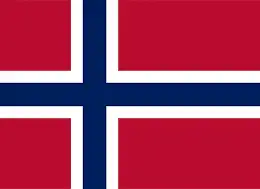 Norway
Norway
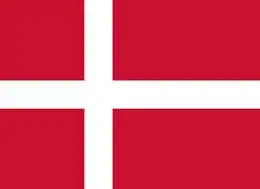 Denmark
Denmark
 Ελλάδα
Ελλάδα
 한국
한국
 中国
中国
 ประเทศไทย
ประเทศไทย
 中国香港
中国香港
 Israel
Israel
 中國臺灣
中國臺灣
 India
India
 پاکستان
پاکستان
 پශ්රී ලංකා
پශ්රී ලංකා
 ジャパン
ジャパン
 Australia
Australia
 New Zealand
New Zealand
 South Africa
South Africa